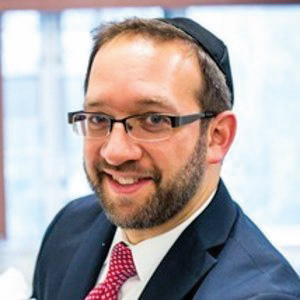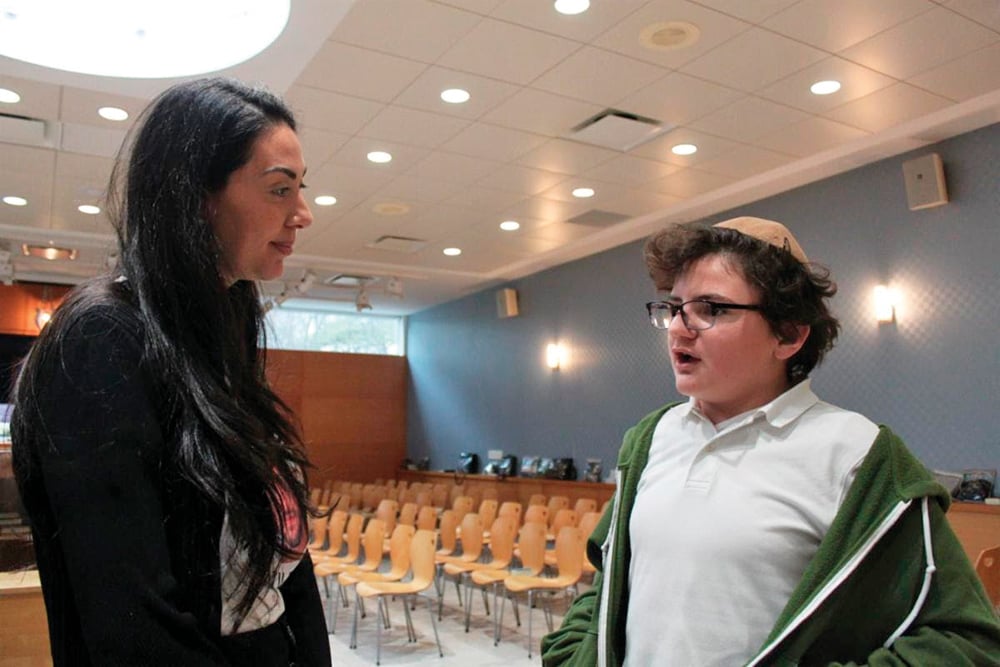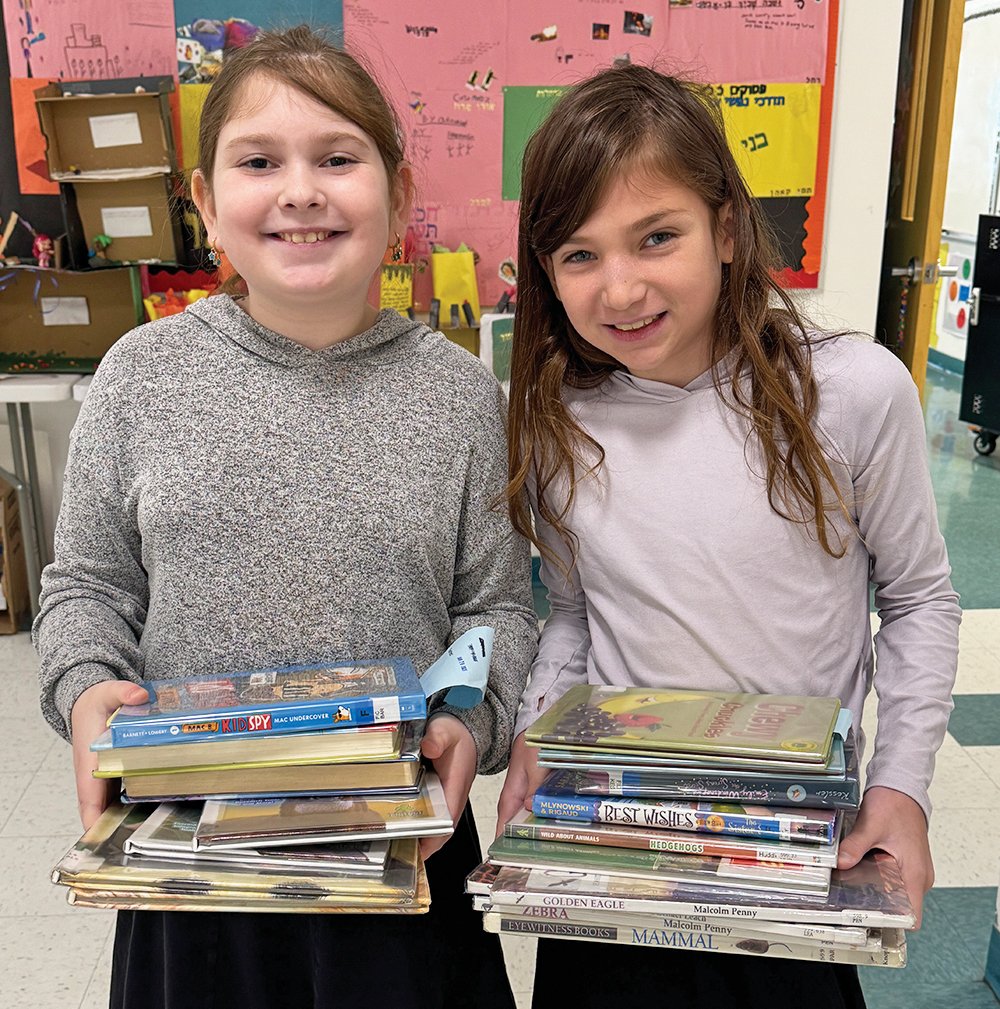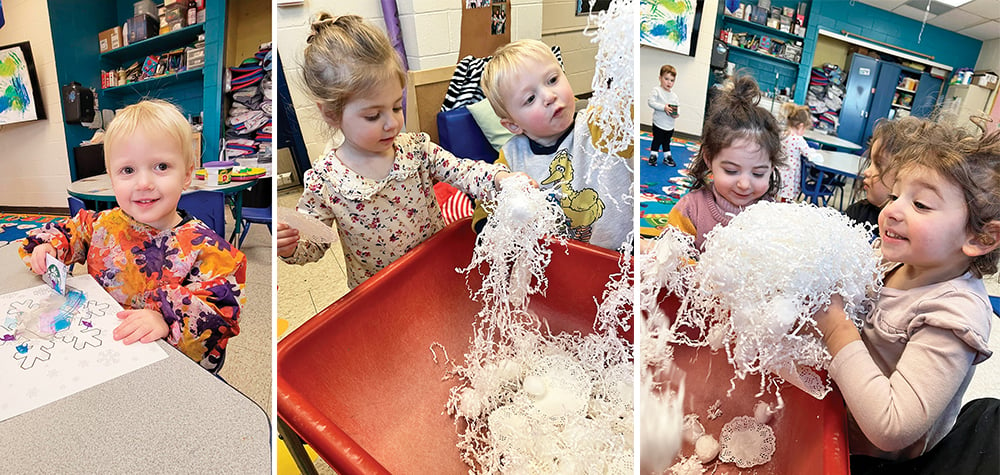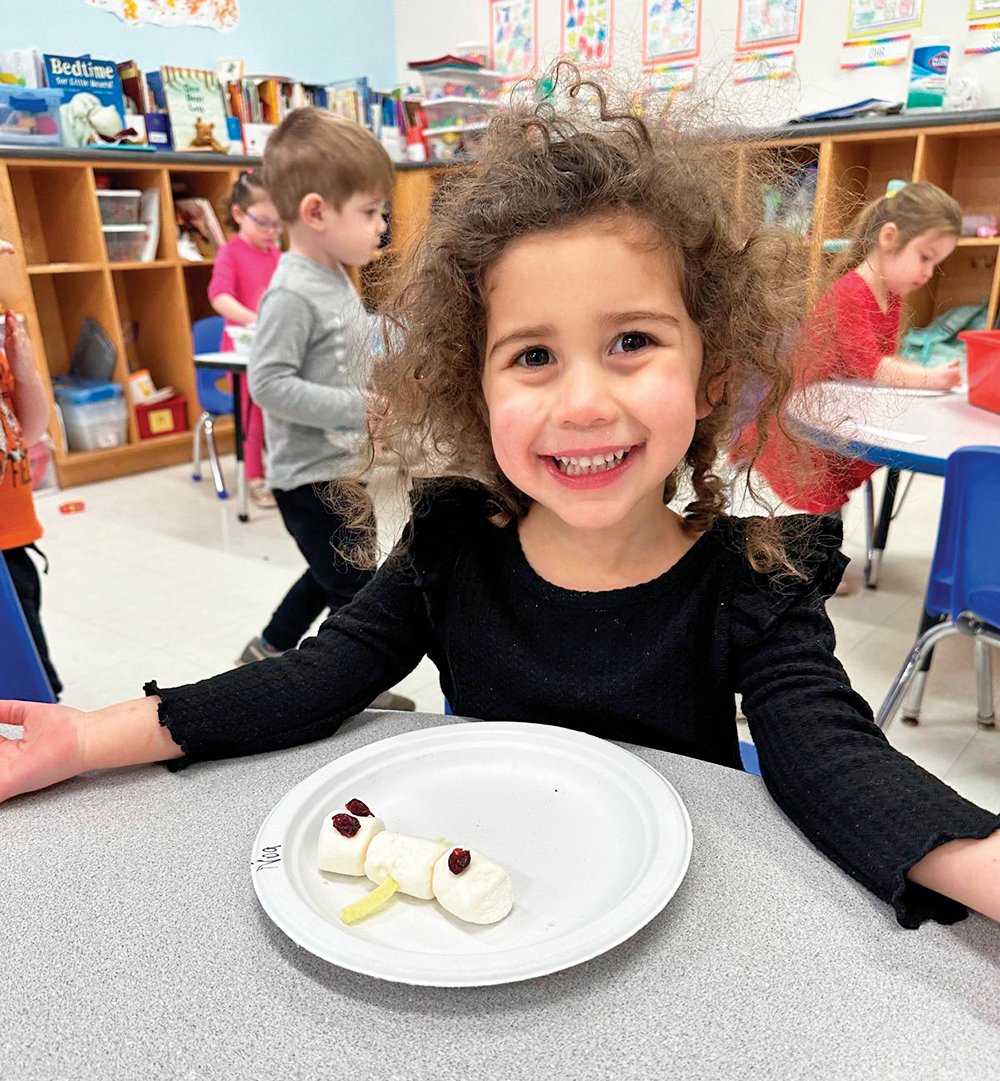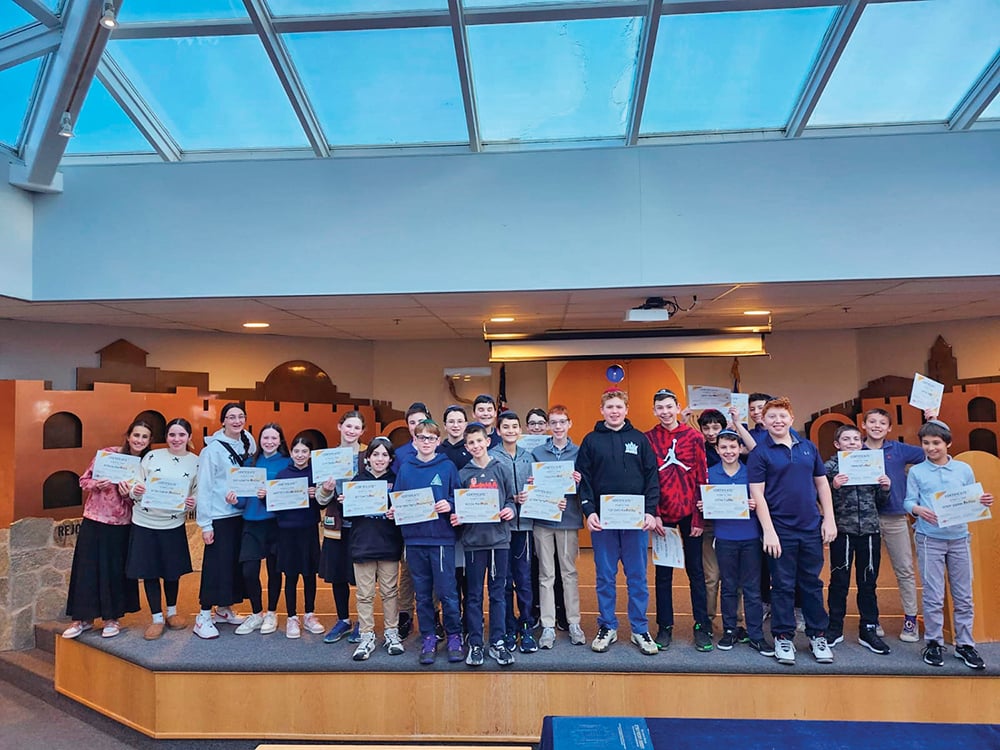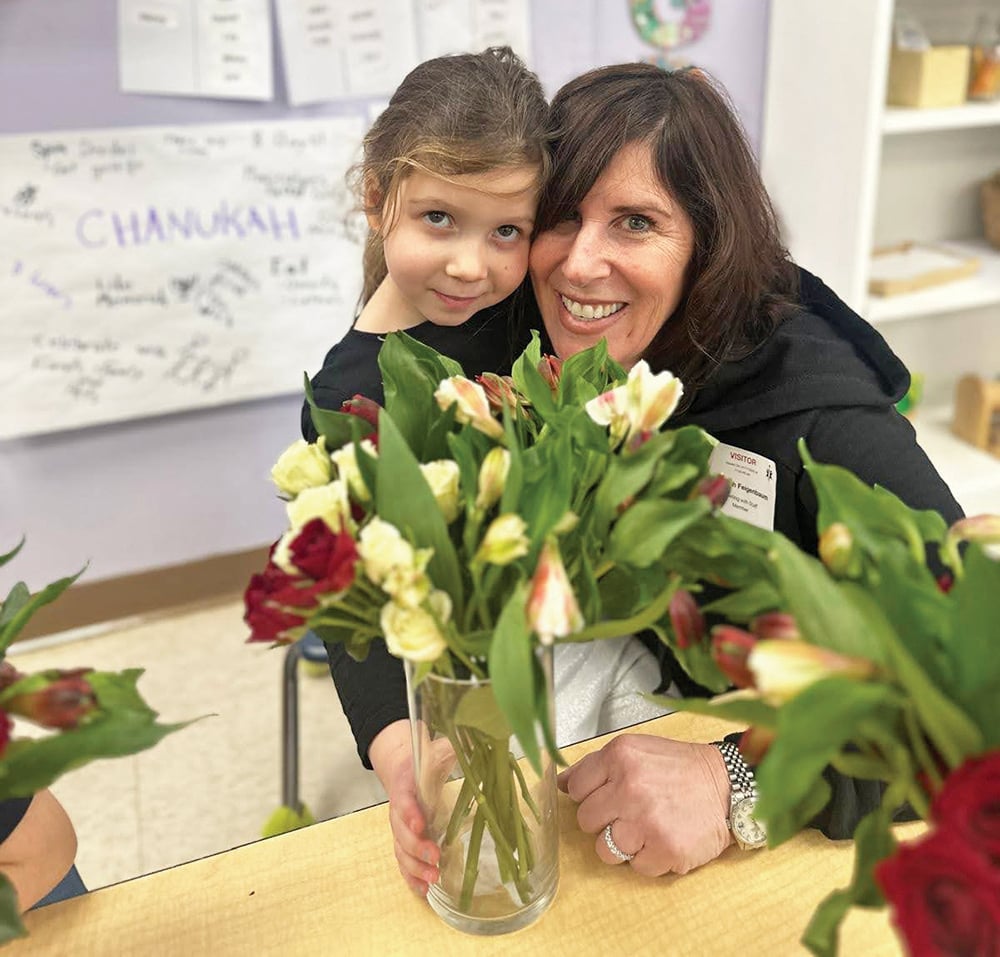
Shavuot is described as Zman Matan Torateinu. In what way can we expect to relate to the Har Sinai experience in our times? The Torah clearly expects each and every one of us to “never forget what we saw at Chorev” (Deuteronomy 4:10), yet we usually associate that dictum with the general sense of appreciation for the Torah we received on that great day. Is there any lingering sense in which we are to specifically relate to the revelation at Har Sinai?
The Talmud in Masechet Berachot teaches that one must study Torah in the manner in which it was given at Har Sinai:
In a baraita, it is written: “And you shall impart them to your children and your children’s children” (Deuteronomy 4:9), and it is written thereafter: “The day that you stood before the Lord your God at Horeb” (Deuteronomy 4:10). Just as below the revelation at Sinai was in reverence, fear, quaking and trembling, so too here, in every generation, Torah must be studied with a sense of reverence, fear, quaking and trembling.
Based on this passage, Rav Yitzchak Hutner develops the theme of “kenetinata/as it was given” both as a necessary permit for the learning of Torah and as a guiding principle for how Torah should be studied. Indeed, it is clear from the gemara that without a sense of “kenetinata” one is perhaps not even permitted to learn Torah.
As such, throughout his essays on Shavuot, Rav Hutner lists a number of ways in which our study of Torah is designed to mimic the revelation at Har Sinai. As we reflect on Zman Matan Torateinu specifically as it relates to our students, many of these elements can and should be incorporated into our formal school programs.
1. Metoch shelo lishma ba lishma. We constantly encourage our students to engage in learning—even without a meaningful appreciation for the learning—based on the concept of metoch shelo lishma ba lishma (Masechet Pesachim 50b). Within our own yeshiva we have seen over and over again how only after years of high-quality talmud Torah our students develop a sense of learning lishma. The concept of metoch shelo lishma ba lishma, however, is not reminiscent of the revelation at Sinai and needs a specific derivation in the Talmud as it would otherwise not be permitted within “kenetinata.” (Chapter 6, section 2)
2. When rebbe is focused on one masechta, don’t ask him about another masechta. Our children are as divided as ever. There are constant challenges to their ability to devote all of their attention to the material in front of them. The concept of “kenetinata” sheds new light on this issue. Avoiding asking a rebbe about another masechta is not a function of his limited ability to respond. Rather, just as each one of the dibrot filled the whole world (Masechet Shabbat 58b) leaving no space for any other dibra at that time, so too our learning should come with the same degree of focus. It is the greatness of our teachers and their ability to plumb the depths of each issue that requires us to avoid asking about another topic. Similarly, we must reinforce our students’ learning environment and guide them on what it means to devote themselves in their studies to material in front of them. (Chapter 9, section 2)
3. Multigenerational learning. The Gemara in Kiddushin (30a) records that anyone who teaches his or her grandchild Torah is considered as if it was learned at Har Sinai. The model of “kenetinata” sheds new light on this concept. In the context of “kenetinata,” we can suggest that the closer our learning can get to the original learning at Har Sinai the better. Hence, skipping up a generation within our mesorah brings one closer to the revelation. While this results in a reduction of the mesorah, it also produces an enhancement in the quality of the learning. Multigenerational learning infuses the experience with a greater sense of “atem re’item.” (Chapter 26, section 6)
I would like to suggest two additional elements of “kenetinata” that have made a tremendous impact on the quality of learning in our generation.
4. Multisensory learning. The Torah makes a point of emphasizing how dynamic an experience the revelation was. Those who were present were not simply introduced to “the next pasuk,” rather they were completely immersed in the receiving of the Torah. They felt it with their bodies. When the learning in our classrooms mimic that multisensory experience and the students are fully immersed in the learning, their mastery goes to a completely different level.
5. Rebbe/talmid relationships. Moshe, as the ultimate teacher, modeled a supreme commitment to his students. His accessibility to them and willingness to do whatever it takes to ensure their success is something we can all learn from. Beyond any methodology or learning environment, the role of the teacher in the success of his or her students is supremely critical. The model that Hashem set up via Moshe emphasizes the role that an understanding, passionate, committed, self-sacrificing teacher plays in the success of his or her students. Now more than ever our students thrive on close relationships with their teachers and rise to the occasion when a successful rebbe is in place.
With these aspects of Torah study in mind, it is clear that the giving of the Torah at Har Sinai not only provided us with the Torah itself but a model for how to study (and perhaps teach) it. Zman Matan Torateinu often coincides with the end of the school year and is an opportune time to reflect on our best practices and rededicate ourselves to doing everything we can on behalf of our talmidim.
By Rabbi Asher Yablok
Rabbi Asher Yablok is head of school at Torah Academy of Bergen County.


